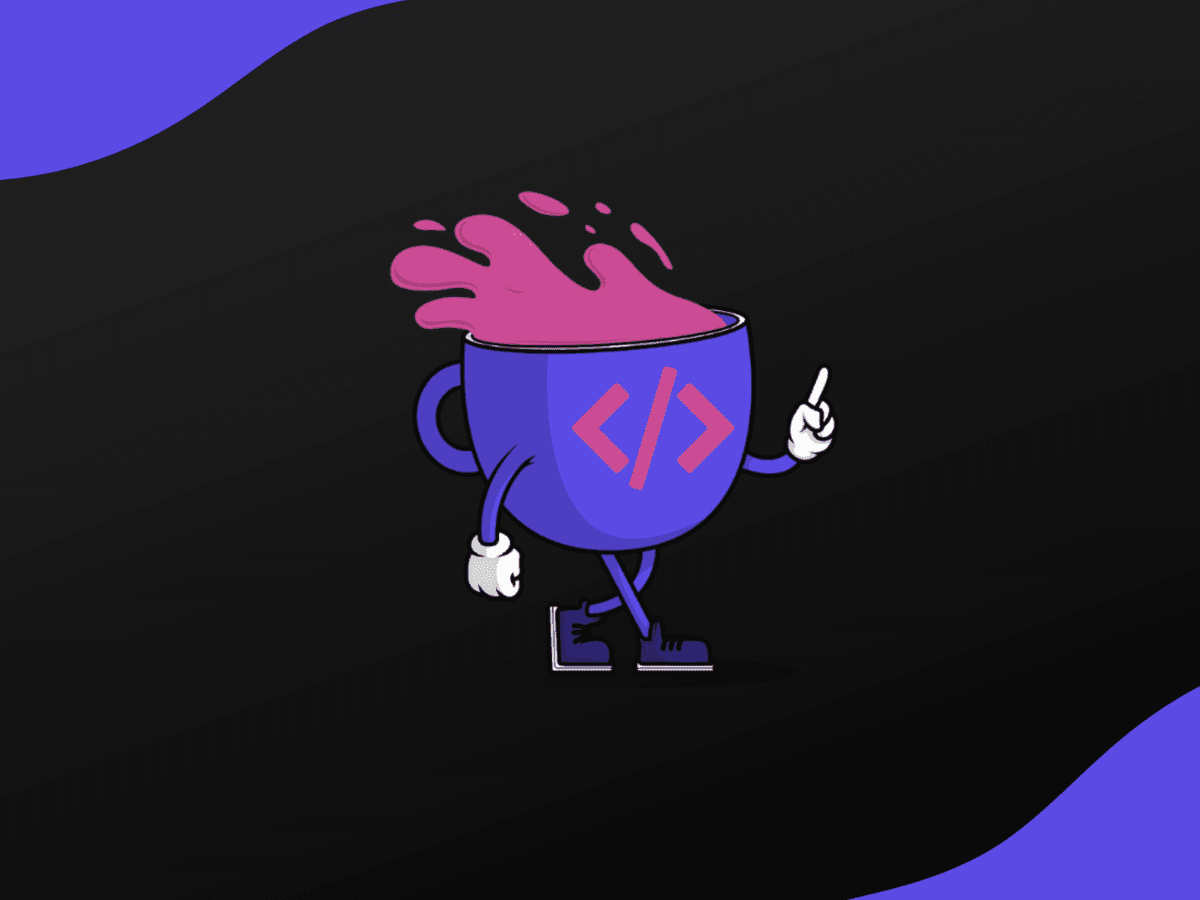How to Optimize CSS Performance for Faster Load Times

- Understanding CSS Performance
- Optimizing CSS for Better Performance
- 1. Minimize CSS File Size
- 2. Use CSS Sprites
- 3. Leverage Browser Caching
- 4. Optimize Critical Rendering Path
- 5. Use Efficient CSS Selectors
- 6. Employ CSS Preprocessors
- 7. Consider Mobile Users
- 8. Keep Your CSS Organized
- 9. Utilize CSS Modules or Frameworks
- 10. Continuous Testing and Monitoring
- Conclusion
If you've ever wondered why some websites load faster than others, a big part of the answer lies in how efficiently they use CSS. CSS, which stands for Cascading Style Sheets, is used for styling the visual presentation of web pages. But when not managed properly, CSS can become a bottleneck in page load times. In this guide, we'll explore practical strategies to streamline your CSS and keep your website zippy.
Let's start with a quick example. Imagine you have a CSS file that styles a button. Instead of having multiple classes for different colors, you can use a single class and modify the color using a CSS variable. This reduces the file size and simplifies your stylesheet, which can help improve CSS performance.
1/* Before optimization */
2.btn-red { background-color: red; }
3.btn-blue { background-color: blue; }
4.btn-green { background-color: green; }
5
6/* After optimization */
7.btn { background-color: var(--button-color); }
By using CSS variables, you can change the --button-color value as needed without adding extra classes. This is just one of the many techniques we'll cover.
Understanding CSS Performance
Before diving into optimization techniques, let's answer some foundational questions about CSS:
- Was bedeutet CSS und für was wird es genutzt? CSS steht für Cascading Style Sheets, also kaskadierende Stilblätter. Es wird genutzt, um das Aussehen und die Formatierung von Webseiten zu gestalten, von der Schriftgröße bis zur Positionierung von Elementen.
- Was macht man mit CSS? Mit CSS legen Entwickler das Design von Webseiten fest, indem sie Regeln für die Darstellung von HTML-Elementen definieren. So können Sie beispielsweise die Farben, Abstände, Schriftarten und mehr steuern.
- Was ist die CSS Datei? Eine CSS-Datei ist eine externe Datei, die Stilregeln enthält, welche auf eine oder mehrere Webseiten angewendet werden. Diese Dateien enden üblicherweise mit der Erweiterung
.css. - Wo wird CSS eingesetzt? CSS wird überall dort eingesetzt, wo es um die visuelle Präsentation von Webinhalten geht. Das kann von einfachen persönlichen Blogs bis hin zu komplexen kommerziellen Websites reichen.
Now that we have a basic understanding, let's move on to the optimization part.
Optimizing CSS for Better Performance
1. Minimize CSS File Size
Reducing the file size of your CSS is crucial. Start by removing unused styles, which you can identify using tools like PurifyCSS. Next, minify your CSS files with tools such as CSSNano or Clean-CSS. These tools strip out all unnecessary characters from your code without changing its functionality.
2. Use CSS Sprites
Combine multiple images into one sprite sheet to reduce HTTP requests. This CSS Tricks article offers a great explanation on how to implement CSS sprites.
3. Leverage Browser Caching
Set up caching rules in your .htaccess file or through your hosting provider's control panel to ensure browsers store your CSS files for subsequent visits. This means the browser doesn't have to download the CSS file every time the user visits your site.
4. Optimize Critical Rendering Path
Identify and inline critical CSS directly into your HTML to render the above-the-fold content quickly. Tools like Critical can help automate this process.
5. Use Efficient CSS Selectors
Avoid overly complex selectors that can slow down the browser's rendering process. Instead, use class selectors that are faster for browsers to match.
6. Employ CSS Preprocessors
Preprocessors like Sass or Less can help you write cleaner and more maintainable CSS code. They also offer features like variables and mixins, which can reduce repetition and improve performance.
7. Consider Mobile Users
With the increasing number of mobile users, it's essential to optimize your CSS for mobile devices. Use media queries to deliver different styles depending on screen size, and always test your website's performance on actual devices.
8. Keep Your CSS Organized
Maintain a logical structure in your CSS files. Use comments to divide sections and keep related styles together. This makes it easier to manage your CSS and identify areas that can be optimized.
9. Utilize CSS Modules or Frameworks
Frameworks like Bootstrap can provide a solid foundation with optimized CSS. If you prefer a modular approach, consider using CSS modules to encapsulate styles and avoid global scope pollution.
10. Continuous Testing and Monitoring
Regularly test your website's performance with tools like Google PageSpeed Insights or WebPageTest. Keep an eye on how changes to your CSS affect load times and make adjustments accordingly.
Conclusion
Optimizing your CSS is an ongoing process that can significantly impact your website's load times and overall performance. By implementing the strategies discussed in this tutorial, you'll be on your way to a faster, more efficient website. Remember to keep learning and improving; resources like our Introduction to Web Development course can further enhance your skills.
For those looking to dive deeper into specific languages, check out our courses on JavaScript, HTML fundamentals, and an introduction to CSS. With these tools and knowledge, you'll be well-equipped to tackle any CSS performance challenges that come your way. Happy coding!
Stay Ahead with Code highlights
Join our community of forward-thinkers and innovators. Subscribe to get the latest updates on courses, exclusive insights, and tips from industry experts directly to your inbox.

Related articles
9 Articles

Copyright © Code Highlights 2025.


